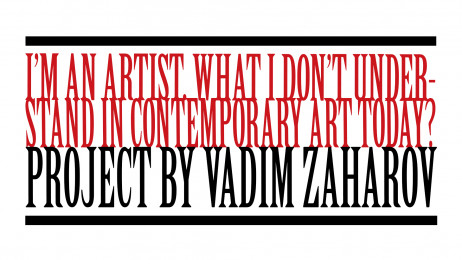Contemporary Art

MOMENTUM Presents - TAKING FLIGHT: Birds & Bicycles
Maturity Level : all

STATES OF EMERGENCY
Maturity Level : all

The Frankenthaler Climate Art Awards
Maturity Level : all

HOW ARE YOU?
Maturity Level : all

What I don’t understand in Contemporary Art
Maturity Level : all

USINA DE ARTE
Maturity Level : all

Berlin Art Link
Maturity Level : all

ART for the World
Maturity Level : all
